SOURCE: IDRW.ORG

The Indian Army is set to receive a significant boost to its firepower and mobility with the induction of a new batch of Ashok Leyland GTV 6×6 vehicles. These robust all-terrain vehicles are specifically designed to meet the demanding requirements of the Indian Army’s medium artillery and air defense regiments.
The GTV 6×6 boasts an impressive towing capacity of 20 tons, enabling it to haul heavy artillery guns and radar systems critical for battlefield operations. This enhanced capability will be particularly beneficial for swiftly deploying and maneuvering these powerful assets along India’s northern borders, where strategic terrain often necessitates rapid troop and equipment movement.
Continue readingSOURCE: AFI

BrahMos Aerospace, a joint Indo-Russian venture, is set to achieve a significant milestone in its quest for self-reliance. The company plans to indigenously manufacture the ramjet engine that powers the BrahMos supersonic cruise missile. This move comes as BrahMos production is slated to continue until 2032, and the company seeks to reduce its dependence on Russia for critical components.
BrahMos has already made significant strides towards self-sufficiency. They have successfully developed a local solid propellant booster engine and even produce indigenous fuel for the missile. However, the ramjet engine, a vital part of the BrahMos’ impressive speed and range, is currently sourced from Russia.
Continue readingSOURCE: AFI

In a seismic development, a Chinese road has traversed the historic Aghil Pass, piercing through into the lower Shaksgam Valley of Kashmir. Situated at a towering altitude of 4805 meters, the pass marks a significant geographical boundary between Kashmir and Sinkiang, serving as a historical frontier. The incursion has now brought the road-head within striking distance, less than 30 miles away from the strategically pivotal Siachen Glacier.
The approach to Aghil Pass reveals a stark reality: the once-remote border is now witnessing the tangible presence of Chinese infrastructure. Recent imagery vividly depicts the encroachment, showcasing the Chinese road snaking its way through the rugged terrain, defying previous boundaries.
Continue readingSOURCE: AFI
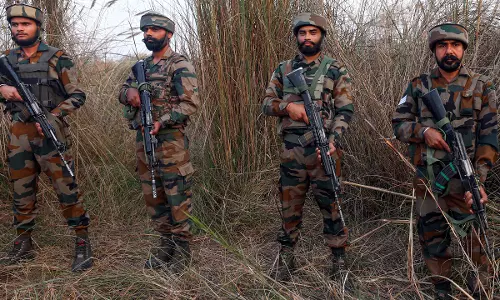
The Indian Army is gearing up for the challenges of tomorrow by exploring the creation of an in-house “adversarial force” for wargaming exercises. This initiative, aimed at promoting innovation and developing futuristic capabilities, aligns with India’s push for self-reliance (Atmanirbharta) in the defense sector.
The concept of an adversarial force involves establishing a dedicated unit within the army that simulates the strategies and tactics of potential future opponents. This allows for more realistic wargaming scenarios, enabling the army to identify vulnerabilities and test new technologies and doctrines against a constantly evolving threat landscape.
Continue readingSOURCE: AFI
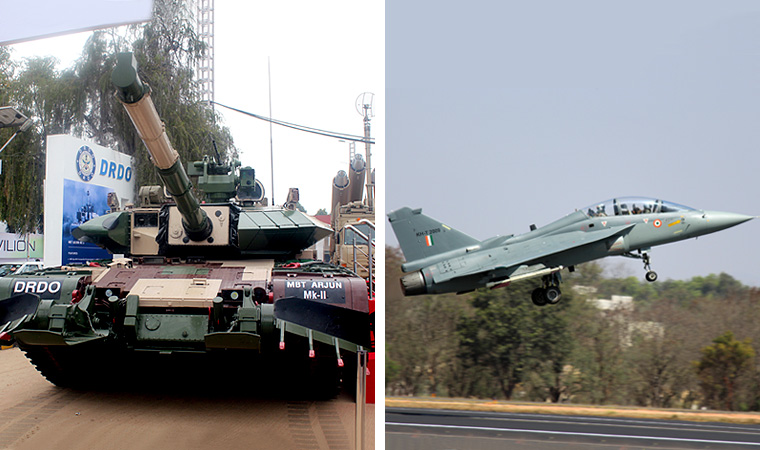
The Indian experience with developing indigenous weapon systems like the Arjun MBT (main battle tank) and LCA (Light Combat Aircraft) Tejas Mk1A has had a mixed impact on the upgradation programs for the Russian-origin T-90 MBT and Sukhoi-30MKI fighter jets. While a direct technological transfer might not be evident, the Arjun and Tejas programs have indirectly influenced the Indian Armed Forces’ approach to modernization.
The Arjun program, despite facing criticism on cost and operational complexities, pushed the boundaries of Indian tank design. Its features, like a ballistic computer and a composite armor layout, might have indirectly influenced the upgrade path of the T-90 MBT currently in service with the Indian Army.
Continue readingSOURCE: RAUNAK KUNDE / NEWS BEAT / IDRW.ORG
India’s Gas Turbine Research Establishment (GTRE) is setting its sights on ambitious plans to co-develop a new engine for the 5th generation Advanced Medium Combat Aircraft (AMCA) program. This next-generation engine is poised to be a game-changer, boasting the highest DRY thrust (75kN) among contemporary aircraft in its weight class (around 25 tons).
AMCA is required to have a Supercruise Capability and the High thrust engine’s power will enable the AMCA to achieve supercruise, exceeding the speed of sound without engaging the afterburner. This translates to greater fuel efficiency and combat range during high-speed missions.
Continue readingSOURCE: RAUNAK KUNDE / NEWS BEAT / IDRW.ORG
India’s Defence Research and Development Organisation (DRDO) is taking a significant step towards enhancing the safety and autonomy of its unmanned aerial vehicles (UAVs). Through its Aeronautical Development Establishment (ADE), DRDO has issued an “Expression of Interest” (EOI) inviting collaboration from reputed Indian industry partners.
The core objective of this project is to design and develop a “Sense and Avoid System” specifically for medium and high altitude long endurance UAVs. This system will be crucial for ensuring safe airspace integration by enabling these UAVs to detect and avoid potential collisions with other airborne objects.
Continue readingSOURCE: RAUNAK KUNDE / NEWS BEAT / IDRW.ORG
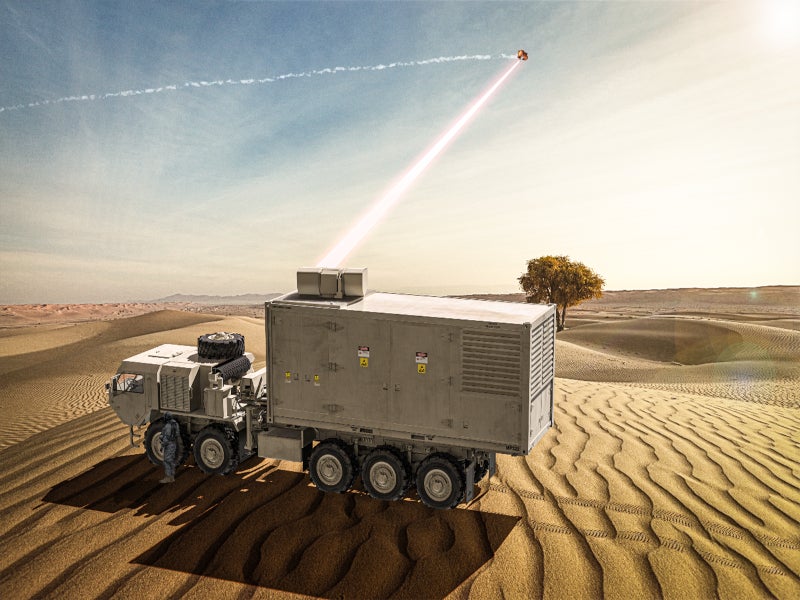
The Defence Research and Development Organisation (DRDO) is taking a significant step towards developing high-energy laser weapons. Through its Centre for High Energy Systems and Sciences (CHESS), DRDO has issued an Expression of Interest (EOI) inviting Indian vendors to participate in the design and development of a Large Aperture Beam Control System (LBCS) for a High Power Laser (HPL).
Located in Hyderabad, CHESS is a DRDO laboratory dedicated to research and development in the domain of high-energy systems and futuristic weaponry. This EOI signifies India’s commitment to developing Directed Energy Weapons (DEWs) as a part of its ongoing defence modernization efforts.
Continue readingSOURCE: AFI

An Indian Air Force (IAF) remotely piloted aircraft (RPA) went down near Jaisalmer, Rajasthan during a routine training mission today. Thankfully, there were no reports of casualties or damage to property on the ground.
The IAF confirmed the incident in a statement but did not disclose the specific type of RPA involved. However, reports from independent defense observers at idrw.org, citing debris from the crash site, suggest it could be an Israeli-made Heron drone.
Continue readingSOURCE: AFI

The BrahMos supersonic cruise missile, a joint venture between India and Russia, is experiencing a surge in international interest, according to a recent interview with Sujan R. Chinoy, Head of the Manohar Parrikar Institute for Defence Studies and Analyses.
Chinoy, a former Indian Ambassador to Japan, spoke to RT during the Baltic Platform 2024 conference in Kaliningrad, Russia. He highlighted that numerous countries are lining up to acquire the BrahMos missile system, signifying its growing global appeal.
Continue readingSOURCE: AFI

Naval Group, the renowned French defense contractor specializing in naval defense and marine renewable energy, recently played host to General Anil Chauhan, Chief of Defence Staff (CDS) of the Indian Armed Forces, at its headquarters in Paris. This visit marked a significant milestone in the ongoing collaboration between France and India in the defense sector, reflecting the shared commitment to bolstering strategic partnerships and fostering technological advancement.
The meeting provided a platform for both parties to reaffirm their longstanding cooperation and explore avenues for further collaboration in line with India’s vision of Aatmanirbhar Bharat (self-reliant India). With a focus on leveraging the latest generation of technologies, Naval Group expressed its readiness to offer cutting-edge solutions to enhance the capabilities of the Indian Navy.
Continue readingSOURCE: IDRW.ORG.
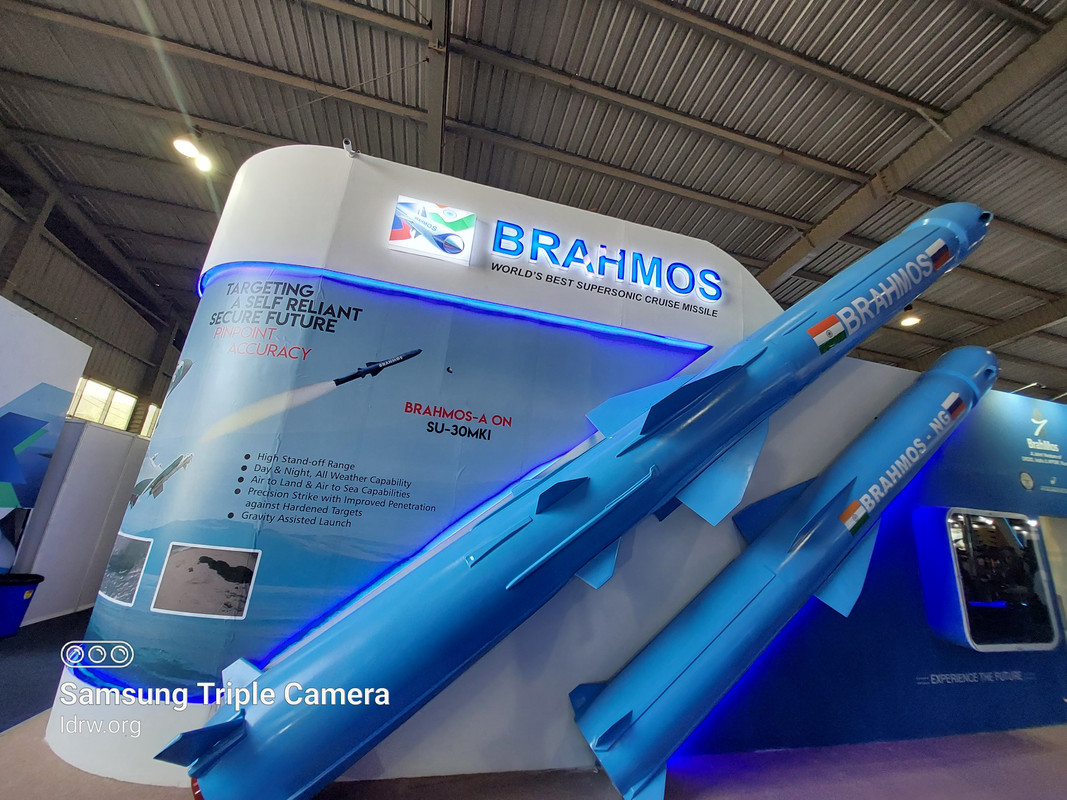
General Dimitrios Choupis, Chief of the Hellenic National Defence General Staff (GEETHA), recently concluded an official visit to India at the invitation of his counterpart, General Anil Chauhan. The visit, which lasted until April 11, 2024, aimed to strengthen defense cooperation between the two nations.
While Indian media has speculated about the potential sale of BrahMos missiles, a supersonic cruise missile jointly developed by India and Russia, to Greece, several factors make this unlikely in the near future.
Continue readingSOURCE: IDRW.ORG TEAM.
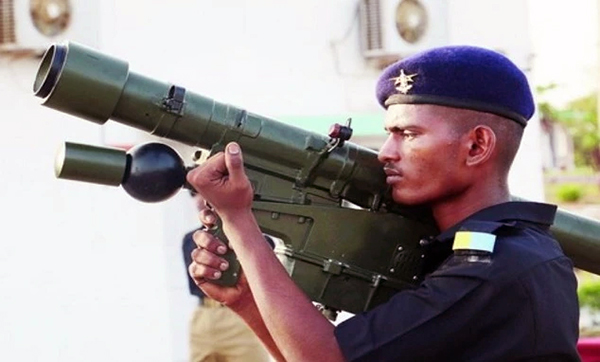
India and Pakistan, South Asian neighbors with a long history of military tension, possess significant stockpiles of man-portable air-defense systems (MANPADS). Despite having a smaller overall military force, Pakistan boasts a surprisingly larger inventory of MANPADS missiles compared to India.
Pakistan has a history of indigenous production of MANPADS. They’ve been producing the Swedish RBS-70 since 1984, with a total assembly of 2180 units before production ceased in 2019. Pakistan also manufactures its own MANPADS variants. The Anza MkI and MkII, produced by Kahuta Research Laboratories, number 1100 and 2650 units respectively. These are essentially Chinese FN-6 missiles assembled domestically under license since 1987. Adding to this arsenal are 1997 units of the FN-6 itself, directly imported from China.
Continue readingSOURCE: AFI
India’s plan to lease a nuclear attack submarine from Russia appears to be facing potential cancellation, according to a report by Politico and comments from senior defense journalist Rahul Bedi.
In 2019, India signed a significant deal with Russia worth USD 3 billion. This agreement entailed the lease of another nuclear-powered attack submarine, designated Chakra III, for the Indian Navy. The terms of the deal stipulated delivery by 2025, bolstering India’s underwater deterrent capabilities.
Continue readingSOURCE: AFI

In a significant advancement of its military capabilities, India has successfully tested the Crystal Maze 2 Air-Launched Ballistic Missile (ALBM), marking a milestone in its quest for precision strike capabilities. The test, conducted from a Su-30 MKI fighter jet, took place in the Andaman and Nicobar Islands, showcasing India’s growing prowess in aerial warfare.
The Crystal Maze 2, developed by Israel and known as ROCKS, represents a cutting-edge solution for precision strikes against high-value targets located up to 250 kilometers away. Its ability to operate effectively in GPS-denied environments and penetrate areas protected by sophisticated air defense systems makes it a formidable asset in modern warfare scenarios.
Continue reading